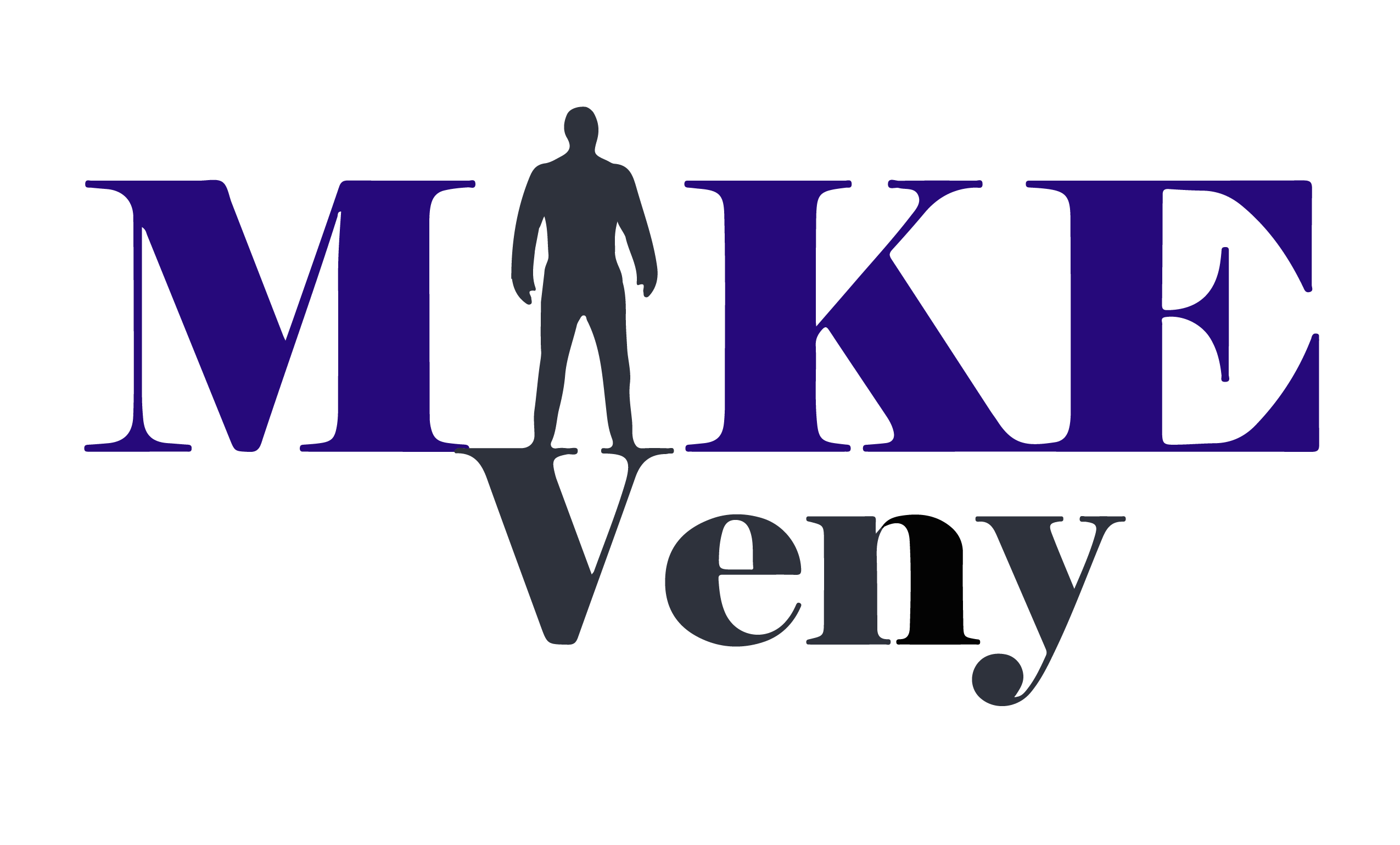
Mike Veny is a workplace mental health speaker. Learn more about his IACET accredited programs here.
*Updated August 9, 2021
Right when things were starting to feel somewhat “normal” again, things are starting to change again. Many businesses that have still been remote have been working over the past few months on their reopening plans to get employees back in the office. But reports are finding that the number of remote workers that are comfortable going back to the office is starting to decline with the increase in Covid cases across the nation.
While one report found 73% of remote workers were comfortable coming back to work in person on July 17, 2021, just over two weeks later that number dipped to 61%.
Even though we may want things to “return to normal”, it doesn’t mean that everyone is comfortable with it happening right now.
As an employer, you may be experiencing this yourself. You’re excited at the idea of getting back to “business as usual” but then the what-ifs start to run through your mind. I won’t list them here because we all have a list like this running through our heads, and I don’t want to give you anything new to add to it.
So as you look to reopen and bring employees back into the office, it’s important to realize that if you want to support your employees’ mental health and wellness during this transition, you can’t think of it as “business as usual”. It’s not.
Your employees are experiencing trauma
We are living through traumatic times right now. Trauma is a world that you might only associate with things like war, death, abuse, or large natural disasters. But those aren’t the only traumatic situations and experiences people can have.
Our current reality over the past year has included (and continues to include) large-scale health scares, financial trouble, political unrest, and isolation. Even with the vaccination in place, people have no assurance of what the future months hold. Even when things start to look a little more promising, new variants bring the situation into reality again.
Being aware of this can help you as you interact with your team. Your employees aren’t mindless robots that can show up to work unimpacted by the world around them. They are human. Even before this pandemic began, they needed to be viewed this way. But our “leave your problems at the door” philosophy has made it difficult for employers to think this way. If you were operating like that before, it needs to change now.
Understanding the trauma that’s happening around us and viewing people through this lens can help you build empathy for your staff. Your empathy builds trust with your employees. And this is crucial for addressing mental health and wellness in your organization.
Here are some things to keep in mind and some ideas on how to make the reopening transition as smooth as possible.
Understand there are different levels of anxiety
Not everyone has the same views of what’s happening right now. Most fit into one of the following groups:
- Ready to go: Some are comfortable moving about and interacting in public as the reopening phases occur.
- Time to pull back: Some were fine jumping back into a more “normal” routine until the Delta variant brought an increase in the numbers again. They’re no longer comfortable with the things they were just a few months ago.
- Wait and see: Others are uncertain if it’s a good idea at all. They prefer to sit back and continue to see how it goes before joining in with others.
- It’s too soon: Some don’t think it’s a good idea. They’re afraid of getting sick and dying or exposing a loved one to the virus unknowingly. They believe we’ve already been rushing back into the old “normal” too soon.
There isn’t a right or wrong stance. The truth is, no one really knows what to expect as we continue moving forward.
You may have two employees in the same position who feel very differently about coming back. They have different levels of anxiety. On one side of the scale, you have those who are mildly anxious. On the opposite end, there are people experiencing severe anxiety. What concerns one employee might not concern another.
You cannot expect everyone to feel the same way.
Remember everyone has a unique situation at home
You can’t properly address workplace mental health and wellbeing without thinking about what your employees’ home life looks like. Remember, they can’t just leave their problems at the door.
The coronavirus pandemic has created unusual situations for home life. The return to the school year is once again littered with more questions than answers. If you have employees with children, they’re being impacted by this on a daily basis. If you expect them to come back to work at your location, they may find themselves in a difficult situation depending on the school district and their comfort level.
Or you may have employees whose elderly parents are living with them or a partner or child with health problems. They are living with individuals who are high-risk for developing serious complications from coronavirus. They’re afraid to return to work, be exposed to the virus, and carry it out to their loved ones unknowingly.
And you may have individuals who live alone and can’t wait to get back to the office. Everyone is different.
You may need to customize your reopening to each person
You may be tired of hearing it, but we continue to be in “unprecedented times”. Your employee handbook probably doesn’t have a section for how you’re going to proceed after your business has been working remotely for a year because of a worldwide pandemic. (If it does, you’re way ahead of the game!)
Because everyone has different levels of anxiety and unique home situations, you may need to customize your reopening plans for specific employees. What works for one might not work for another.
Is that efficient? Definitely not!
As a man who likes to have systems in place for my own business, I completely understand why the idea of customizing the plan to each employee doesn’t sound like something you want to do. But I’ll remind you that this isn’t “business as usual”. If you want to continue to build trust with your employees, you need to show them that you care.
We’re all unique people with unique needs. Talk to your employees and find out what they need in order to have a successful return back to the workplace. You may not be able to accommodate all of their requests, but you can explore the options and possibilities.
Celebrate the small wins as you reopen
Your team might not be knocking the goals out of the park as you transition back to the office. Anxiety and mental health challenges play a role in productivity levels. Expect it.
Instead of pushing your employees harder in order to meet expectations that were set before the pandemic, shift your focus. Start celebrating your team’s small wins. Acknowledge the work they’re doing and any positive progress that is made.
This helps to build trust and unity within the team. Encourage them to celebrate together. Team building activities might look a little different right now, but it doesn’t mean they don’t need to happen. During quarantine, I shifted my presentations from in-person to virtual in order to keep supporting workplace mental health during the current situation. Explore your options on how to reconnect your staff together after they’ve been apart and working alone for months.
Educate yourself and your team about mental health
Anxiety and depression are hitting highs for many people because of this pandemic. The suicide hotline saw an increase in calls since coronavirus started. As I shared earlier, you might have employees who are struggling right now in ways they never have before.
It’s important that you learn how to recognize the signs of mental health challenges and that you educate your employees as well. Remember that a decrease in work performance could be a sign of someone struggling with anxiety and depression. Your employees might not need correction and direction, they may need support and guidance.
I have some mental health resources available that you can use and share with your employees.
- The Best Anxiety Resources Online
- How to Find Peace in Times of Uncertainty FREE mini-course
- How to Find Peace in Times of Uncertainty full course
- Where to Find Mental Health Help ASAP
It can also help to make sure that they understand their health benefits. Let them know what type of mental health services are available to them through their insurance or EAP. And don’t just tell them the basics, share the steps on what they need to do if they want to take advantage of it. Make it as easy as possible for them to get the help they need.
You might have employees who experience higher levels of this when they have to return to work. Find ways to educate your team about the signs of mental health challenges and what steps they can take to care for themselves.
Encourage employees to share with you
The best way to know how to support your employees is to talk to them. There are plenty of managers and leaders out there who say they have an “open-door policy” but employees know it’s not really true. They don’t feel welcome to share what’s really going on because they’re supposed to “leave their problems at the door”.
In a blog post, I shared about the owner of a company that focused on supporting his employees’ mental health. He started a program called “Bring your problems to work”, where he encourages employees to share what’s going on in their lives and how they need support. Instead of trying to hide their personal problems, they make their employer aware of them so they can work together to figure out how to solve them.
As you reopen and transition, let your employees know that they’re welcome to discuss their challenges with their manager or the HR department. Then see what the company can do to help them get the help they need.
Encourage self-care
While some of you are getting ready to reopen businesses that were shut down or slow for the past year, there are others of you who have been swamped with work. Your employees may have been at home but they were working harder than ever while trying to balance life in the midst of it. Some of your employees are essential workers and never had a break. Others are swamped because of the employee shortage taking place.
Your employees may be burned out.
Make sure your employees are aware of the importance of self-care. Encourage them to do the things that they need to in order to take care of themselves. Not only does this include things like getting enough sleep, physical activity, and eating right, it also includes activities that help them to rest and recharge.
Here are some resources that you can use to address employee self-care:
- Ignite Mini Course: A simple way to provide your employees with actionable steps they can use to create a self-care routine in their life
- The Ultimate Guide to Self Care: Teaches employees actionable steps to help their mental and emotional wellness.
Be consistent with your messaging and actions
If you haven’t been in the habit of promoting mental wellness in the workplace, your employees may not trust your efforts right away. Stick with it and be consistent.
Don’t just expect to say it once and have them believe you. Ask often, “How can the company support you right now?” Provide them with examples of solutions that you can offer. Take the initiative to support your employees.
And remember, if you say that you have an open-door policy but brush them off when they try to address a problem with you, they won’t keep coming back. You’ll lose their trust. This is the last thing you want.
Addressing workplace mental health now will help you long-term
While your reopening phase may only last for a certain period of time, the messaging and actions that you implement now can benefit your company long-term. You can use this time to set an important precedent for how you’ll continue to support employee mental health and wellness within your organization.
We may not know a lot about what the future looks like at this time, but we do know that mental health was already a problem in the workplace. In fact, mental health challenges like anxiety and depression were already costing the global economy $1 trillion each year because of decreased productivity levels.
Your company NEEDS to support your employees’ mental health and wellness during this reopening transition. Your bottom line and your employees will notice the difference.
For more information on how to promote mental wellness in the workplace, download the FREE checklist: “How to Support Workplace Mental Wellness as You Reopen”.


